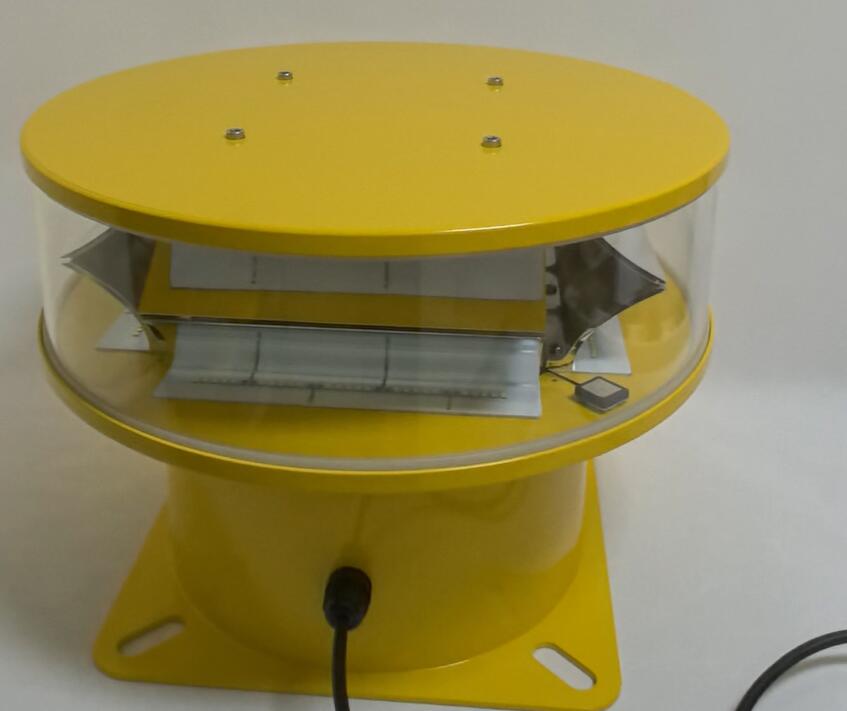Aviation Warning Light Regulations: Ensuring Safety in the Skies
Aviation safety relies on strict compliance with regulations, and one of the most critical aspects is the proper use of aviation warning light regulations. These rules govern the installation, operation, and maintenance of warning lights on aircraft, towers, wind turbines, and other tall structures to prevent collisions and ensure safe navigation. This article explores the key aspects of aviation warning light regulations, their importance, global standards, and emerging trends in aviation lighting technology.
The Role of Aviation Warning Lights
Aviation warning lights serve as visual markers to alert pilots of potential obstacles, especially during low visibility conditions. They are mandatory on:
Tall buildings and communication towers
Wind farms and power lines
Bridges and cranes near flight paths
Aircraft (anti-collision strobes and navigation lights)

Without proper lighting, these structures pose significant risks to low-flying aircraft, helicopters, and drones. Aviation warning light regulations ensure uniformity, reliability, and visibility across different environments.
Key Regulatory Standards
Different aviation authorities have established guidelines to standardize warning light systems. Some of the most recognized aviation warning light regulations include:
| Aviation Warning Light Regulations |
1. International Civil Aviation Organization (ICAO) Standards
The ICAO sets global guidelines under Annex 14, which defines:
Light intensity and color (red, white, or dual lighting)
Flash patterns and synchronization
Obstruction lighting requirements based on height and location
| Aviation Warning Light Regulation |
2. Federal Aviation Administration (FAA) Regulations (U.S.)
The FAA’s AC 70/7460-1L outlines:
Types of lights (L-810, L-864, L-865 for steady or flashing lights)
Placement and spacing on structures
Power supply and backup requirements
3. European Aviation Safety Agency (EASA) Rules
EASA follows ICAO standards but adds specific requirements for:
LED adoption and energy efficiency
Light pollution mitigation
Heliport and wind turbine lighting
4. Civil Aviation Administration of China (CAAC) Guidelines
China’s regulations emphasize:
High-intensity lighting for ultra-tall structures
Automatic monitoring systems for fault detection
Types of Aviation Warning Lights
Under aviation warning light regulations, different lights serve distinct purposes:
Red Obstruction Lights – Used for nighttime visibility on structures below 200 feet.
Medium-Intensity White Strobe Lights – For daytime and twilight use on taller structures.
High-Intensity White (HIWL) Lights – Required for structures exceeding 500 feet.
Dual Lighting Systems – Combine red and white lights for better adaptability.
Aircraft Anti-Collision Lights – Strobe and beacon lights on wings and tails.
Compliance Challenges and Solutions
Despite clear aviation warning light regulations, compliance can be challenging due to:
Varying regional standards – Companies operating internationally must adapt to different rules.
Maintenance and reliability – Faulty lights can lead to violations and safety risks.
Environmental concerns – Light pollution and energy consumption are growing issues.
To address these challenges, advancements include:
Smart LED lighting – Energy-efficient, long-lasting, and remotely controllable.
Solar-powered systems – Reduce dependency on electrical grids.
Automated monitoring – Alerts operators of malfunctions in real time.
Future Trends in Aviation Warning Lights
The evolution of aviation warning light regulations is influenced by technology and sustainability:
Adaptive Lighting Systems – Adjust brightness based on weather and visibility.
Drone Detection Integration – Warning lights that interact with UAV traffic management.
Eco-Friendly Designs – Reduced light spill and lower energy consumption.
Aviation warning light regulations play a vital role in safeguarding air traffic and preventing accidents. As aviation expands with taller buildings, more wind farms, and increasing drone usage, adherence to these standards becomes even more critical. By embracing new technologies and harmonizing global regulations, the industry can ensure safer skies for all. Future advancements will continue to refine these systems, balancing safety, efficiency, and environmental responsibility.
